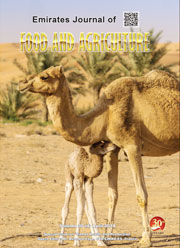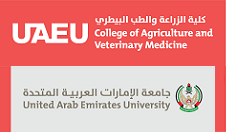POTENTIAL APPLICATIONS OF GENE SILENCING OR RNA INTERFERENCE (RNAI) TOCONTROL DISEASE AND INSECT PESTS OF DATE PALM
Keywords:
Disease, Insect, Gene silencing, RNAiAbstract
Gene silencing or RNA interference (RNAi), a recently-discovered regulatory and defense mechanism in plants, animals and other organisms, has great potential to control plant pests. A gene essential for survival or development of the plant pest is targeted, and an inverted repeat construct of the gene is transformed into susceptible host plants. Plant transcription produces a double-stranded RNA (dsRNA), which the plant recognizes as a foreign molecule. Dicer, the plant's protective ribonuclease enzyme, hydrolyzes the dsRNA to small interfering RNAs (siRNAs). The feeding pest ingests the siRNAs, causing the pest's RNAi mechanism to hydrolyze the messenger RNA of its own essential gene. This ?silences? that essential gene in the pest, which either dies or is debilitated, and the transgenic plant is resistant to that pest. RNAi, having been shown to provide resistance against insects (Diabrotica, Helicoverpa), bacteria (Agrobacterium, Staphylococcus), nematodes (Heterodera, Meloidogyne) and parasitic plants (Orobanche, Striga, Triphysaria), should provide effective, durable resistance to red palm weevil (Rhynchophorus ferrugineus), Bayoud disease (Fusarium oxysporum f. sp. albedinis), Al-Wijam, and other serious pests of date palm.






 .
. 